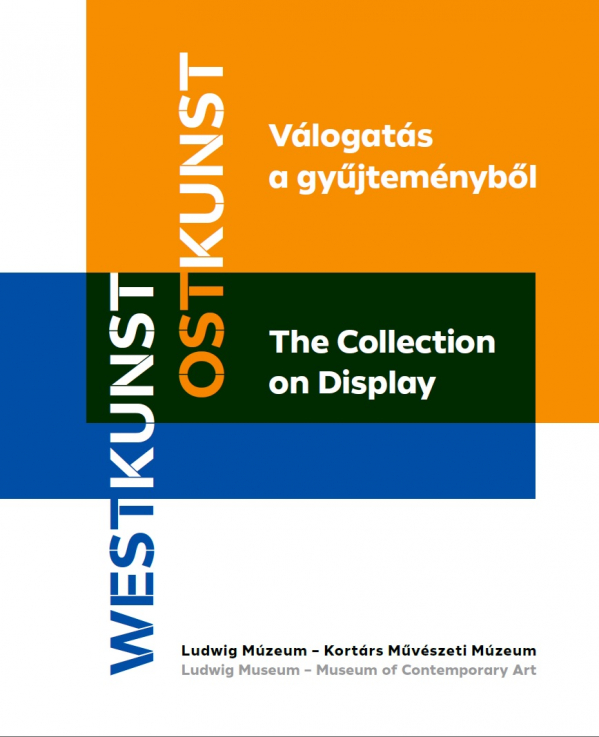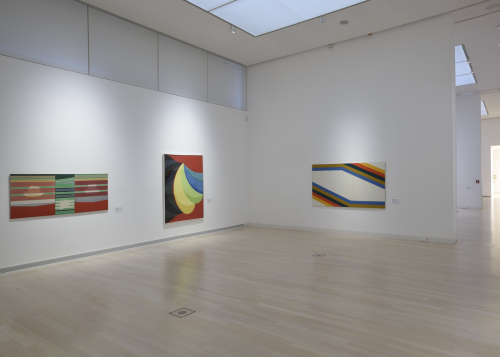The Ludwig Museum, founded in Budapest in 1989, was the first institution in the former Socialist bloc to present universal Western art beside contemporary national art. The founders, Peter and Irene Ludwig – after whom the institution is named – have laid the foundations of the Budapest Museum with outstanding, emblematic works.
With their donations and the establishment of the museum, their decades-long mission was fulfilled, which was aimed at the rapprochement of the East and the West, the alleviation of ideological opposition in the era of the Cultural Cold War, transcending the boundaries of the Iron Curtain by means of art. In addition to Western, universal art, the official art of the former Socialist countries was also included in their collection program from the beginning of the 1980s. It was mostly through their collection and art mediating activities that the art of these countries have been brought beyond the eastern borders.
The collection of the Ludwig Museum Budapest carries the imprint of the founding couple’s decades-long collecting activity. Our collection can virtually be divided into two large groups: one consisting of American and Western European artworks (Pop art, Photorealism, and works by Die Neue Wilden) donated by the founders; the other incorporating works that ended up in the collection as a result of collecting activity starting in the 1990’s focusing on the art of the former Socialist countries, and the artworks created after the fall of the Iron Curtain.
The primary consideration in collecting was the collection of progressive works which are characterized by the artists’ search for identity, relationships with the past, the reflection on social context and the inherited traditions. In the light of global historical and political changes, both large collection units, both Western and Eastern European, are of art-historical significance today. The artists of the middle and the younger generation represented in the collection are internationally recognized, their works are displayed at numerous events and major exhibitions.
The Ludwig Museum in Budapest has often been the first to discover young artists and collect their works, and by recommending them for further exhibitions helped them gain international recognition. The newly organized permanent exhibition makes attempts to present emphatic points not only in well-organized chronological order or along stylistic features, but to examine the artistic-cultural parallels that can be found between Western and Eastern art despite the different social structures. The collection makes it possible to show substantive parallelism within the lifeworks of artists from Western as well as Eastern countries, who sought to explore new areas of art and searched for the concept of artistic (and social) utopia inherent in art, with a critical approach and sometimes opposing the political and social system.
The guiding principle of the present reorganization is an important aspect of the art institution system, namely, the remarkable, significant exhibitions. The great, revolutionary exhibitions have determined the subsequent incorporation of work, style and attitude into common knowledge. The groups of artworks are brought into focus by the revival of the most important exhibitions from the sixties and seventies. The thematic, historical exhibitions that canonized significant new positions are part of the institutional system of art, thus the museum collection naturally refers to major exhibitions and recognizes their pioneering role. Our exhibition is also an homage to vanguard art historians, artists curators, and exhibition-makers (Ausstellungsmachers as they called themselves).
The digital version of the catalogue is available HERE

